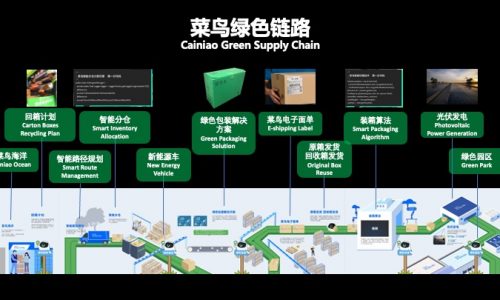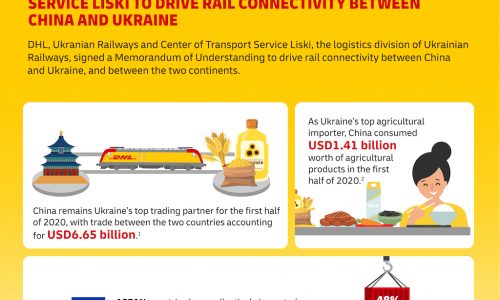Latest update on the Suez Canal backlog, by IHS Markit
According to the planned schedules, in the seven days from Tuesday when the Ever Given ran aground, 49 container ships carrying an estimated 400,000 TEU (Twenty-foot Equivalent Unit) were set to pass through the Suez Canal in both directions.
The average value of the products in an ocean container is thought to be around $40,000, which would make the total value of cargo on a container ship of the Ever Given’s size close to $1 billion.
Refloating the Ever Given will result in a wave of container ships hits Europe’s hub ports in quick succession, stressing port facilities and inland infrastructure. The ultra large container ships calling at Antwerp, Rotterdam, and Hamburg can have a container exchange (the total number of boxes unloaded and loaded) of up to 10,000 TEU, which stretches terminal productivity to the limit.
Greg Knowler, senior European editor at JOC by IHS Markit, said: “On the Asia-Europe trade, every ship that is available to shipping lines has been deployed, with vessel utilization effectively 100 percent following sustained heavy demand from European and UK importers. At the same time, terminals in Europe are experiencing labor shortages because of COVID-19 social distancing measures, new lockdowns, and rising infections.
“European terminals will be hit by a surge of container volume that will temporarily overwhelm their handling capacity. Rotterdam and Antwerp expect ship wait times to lengthen, and expect it will take longer to handle ships and clear containers from the yards, and businesses will have to wait longer for their imports.
“This will likely lead to further deterioration in carrier on-time performance, and the capacity available to European importers will be reduced until shipping lines are able to restore their weekly schedules.
“Cargo owners can expect canceled sailings, ports being skipped, and an increase in the amount of cargo rolled over to later sailings at transshipment ports in Asia. Congestion across Europe from next week is inevitable, it is just the extent of the delays that remains to be seen.”
Suez Canal blockage also impacting US
The long-term trends in sourcing has resulted in a steady shift in manufacturing from China toward South East and India- particularly in footwear and apparel. For US sourcing from those regions, the Suez Canal is generally the preferred route.
Mark Szakonyi, executive editor of The Journal of Commerce by IHS Markit, said: “As a growing gateway for containers from Southeast Asia and the Indian Subcontinent, the blockage at the Suez Canal will further delay cargoes needed to meet elevated North American demand for consumer goods.
“The decade-long shift of lower-value production from China to the likes of Vietnam and India has made Suez the preferred route, rather than the Panama Canal, for shipments heading to US East and Gulf coast ports like, Savannah, NY-NJ, Charleston, Virginia Houston or Halifax (Canada).
While container lines are unlikely to permanently reroute shipments away from the Suez Canal, the current situations is one more stress point for the global container system that’s sagging on unprecedented Asia import demand from Europe and North American consumers.”
A further consequence of any delays is that containers cannot be quickly returned to Asia which will further exacerbate the current shortage of empty containers urgently needed for Chinese and other Asian exports. This has been a significant problem since the post-pandemic rebound started in August 2020.

